The BBC has announced that Saira Choudhry and Jason Manford will join the cast of Waterloo Road when it returns for its next series later this year.
Choudhry will play Nisha Chandra, Waterloo Road's newest maths teacher.
Manford will play Steve Savage, who has a big impact on the staff and pupils at Waterloo Road when he becomes headteacher - but not before ruffling a few feathers along the way. While Manford's new role as headteacher will leave fans questioning how the future looks for current headteacher Kim Campbell (Angela Griffin), viewers will have to wait and see how the storyline plays out.
Waterloo Road's current series launched in full on BBC iPlayer in early January and concluded its weekly BBC One run recently. Jason Manford will appear in Waterloo Road's next series - series 14 - coming to BBC One and BBC iPlayer later this year.
Jason Manford said, “What an absolute treat it is to join the cast and crew of Waterloo Road, right here in my home city of Manchester. My kids and I binged the show on iPlayer during lockdown. It’s such a brilliant, iconic show, so I’m dead proud to now be part of its history. Growing up, I always wanted to be a teacher and now becoming a headteacher, I know I would have been terrible!"
Choudhry and Manford will be seen alongside a host of new students: Olly Rhodes as Billy Savage, Nathan Wood as Boz Osbourne, Sonya Nisa as Aleena Qureshi, Miya Ocego as Lois Taylor-Brown, Danny Murphy as Luca Smith and Matthew Khan as Jared Jones.
Waterloo Road is known for tackling real-life topics affecting teens, families, and school staff, along with its trademark mix of sharp writing, warmth, and wit. The series returned to screens last year after becoming popular amongst audiences on BBC iPlayer during lockdown, and since its return, has continued to perform as one of the top shows on BBC iPlayer for viewers Under 35.
All episodes of Waterloo Road are available to stream on BBC iPlayer.

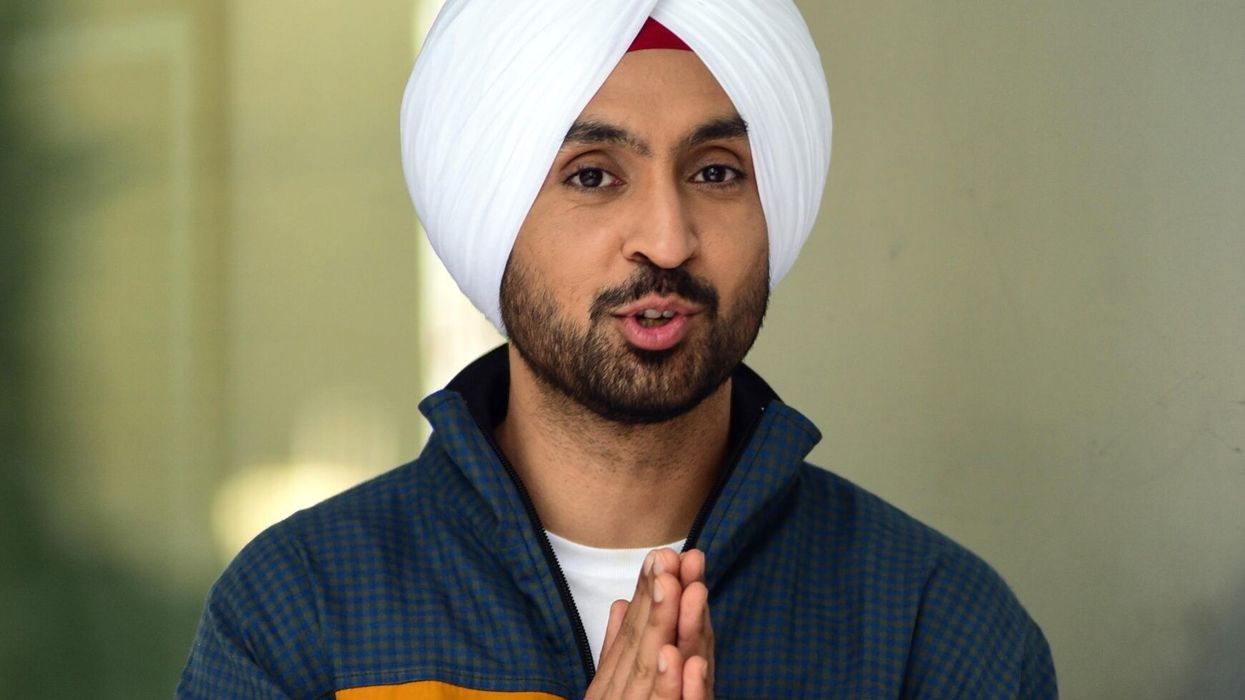

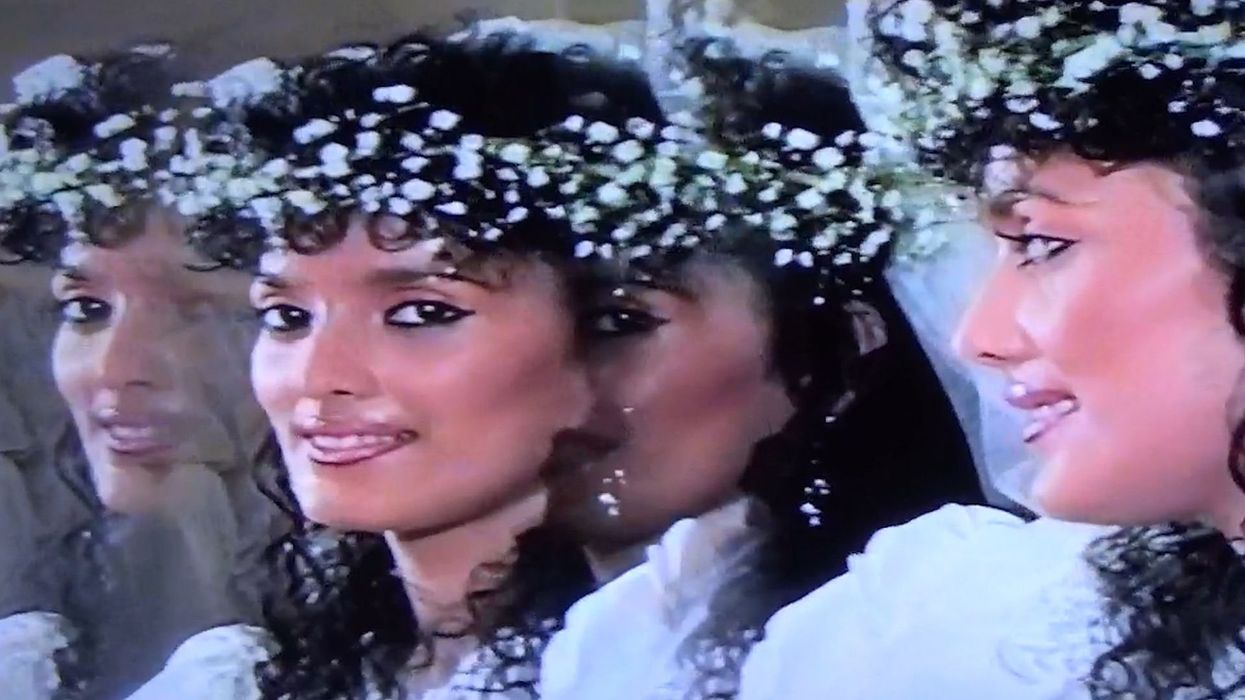


 Rick Davies, British rock legend of Supertramp, dies at 81 Getty Images
Rick Davies, British rock legend of Supertramp, dies at 81 Getty Images  John Helliwell, Rick Davies, Roger Hodgson, Bob Siebenberg and Dougie ThomsonGetty Images
John Helliwell, Rick Davies, Roger Hodgson, Bob Siebenberg and Dougie ThomsonGetty Images  Rick Davies, Supertramp’s guiding force, dies at 81Getty Images
Rick Davies, Supertramp’s guiding force, dies at 81Getty Images 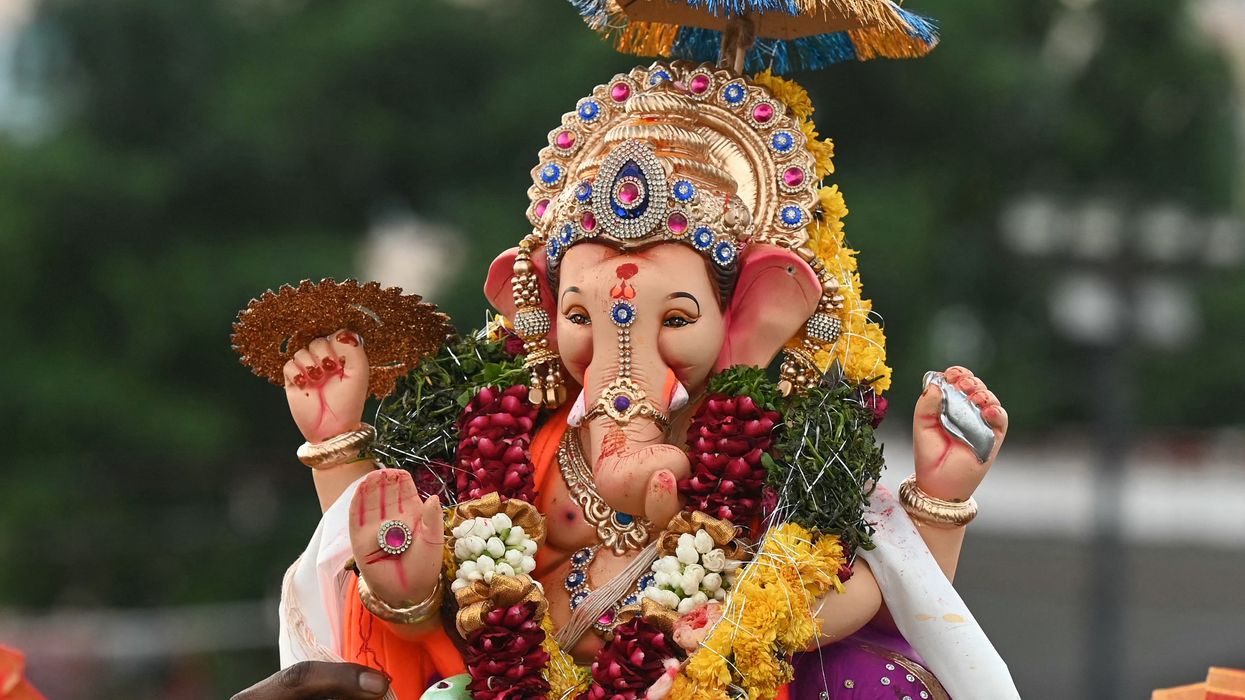

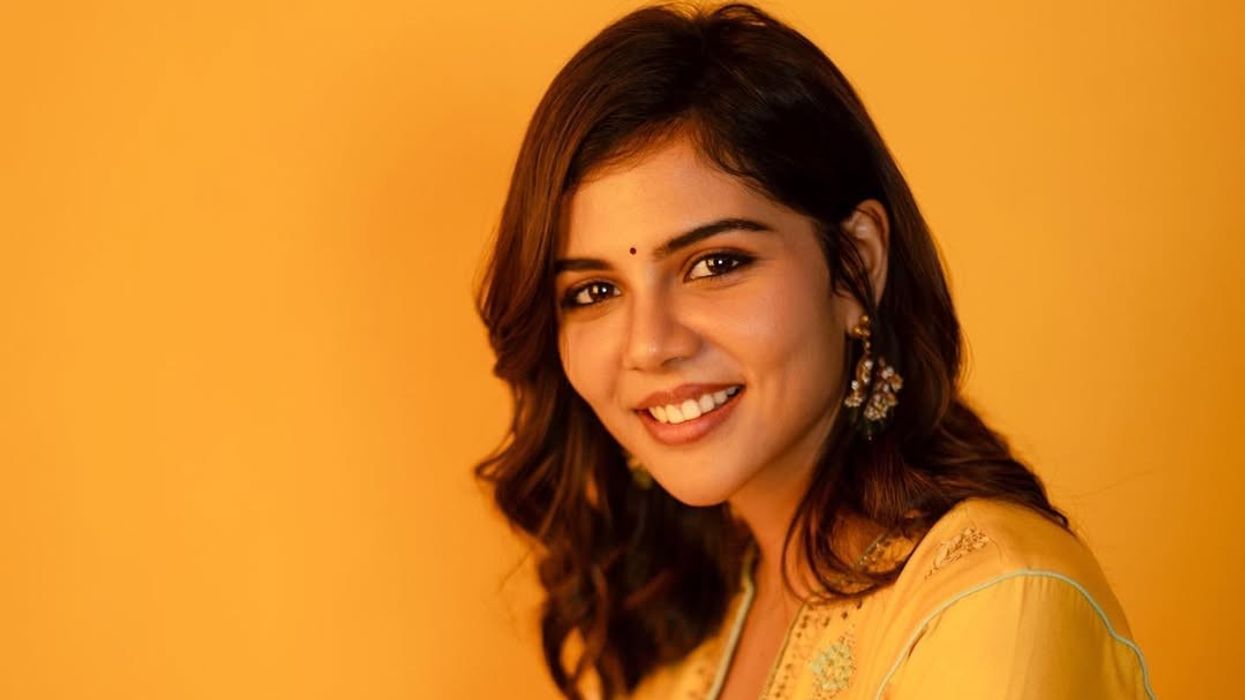

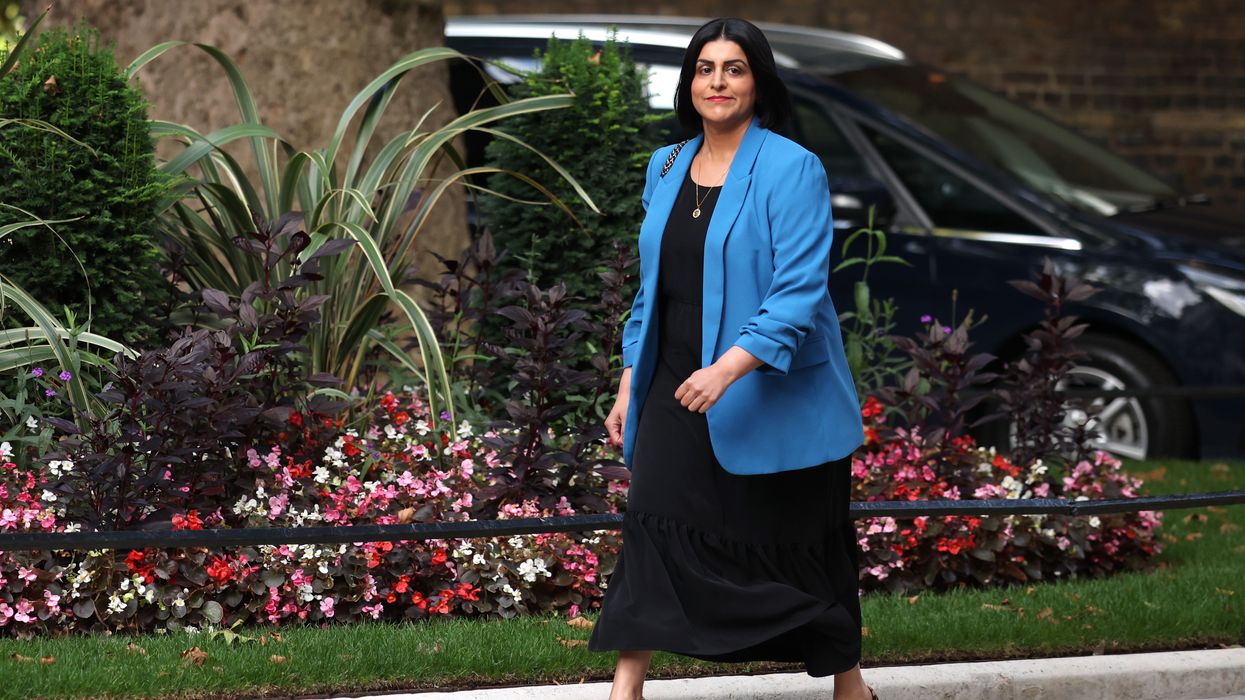
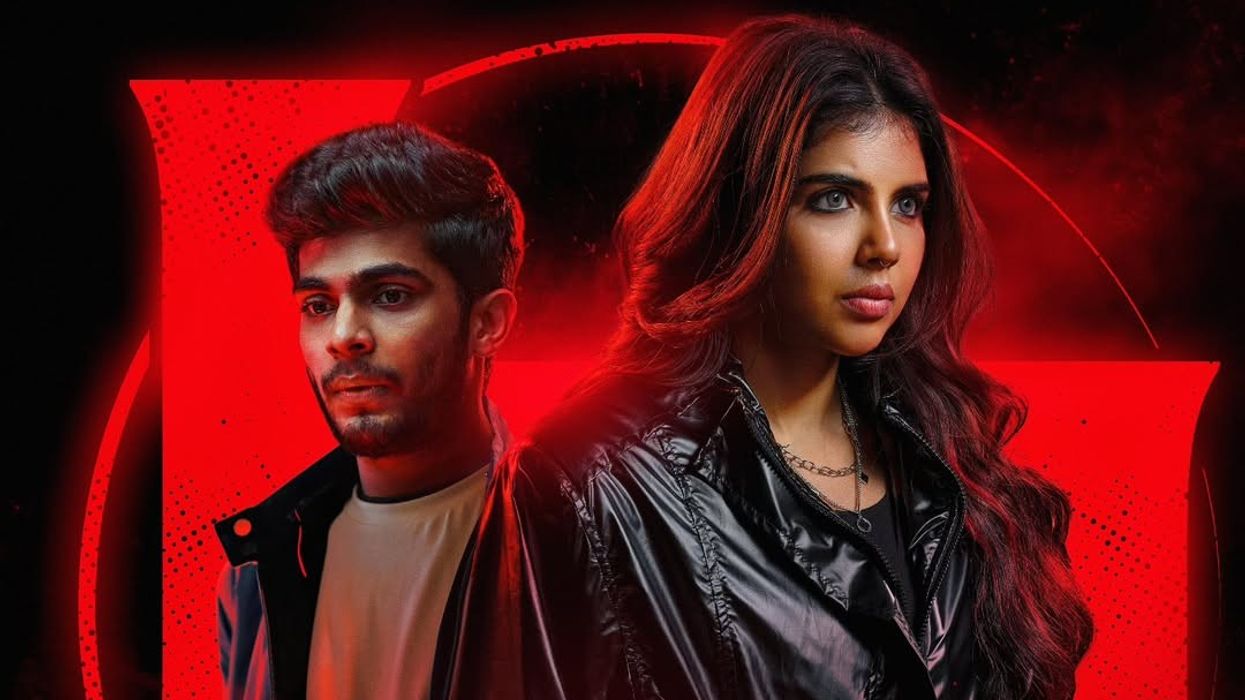


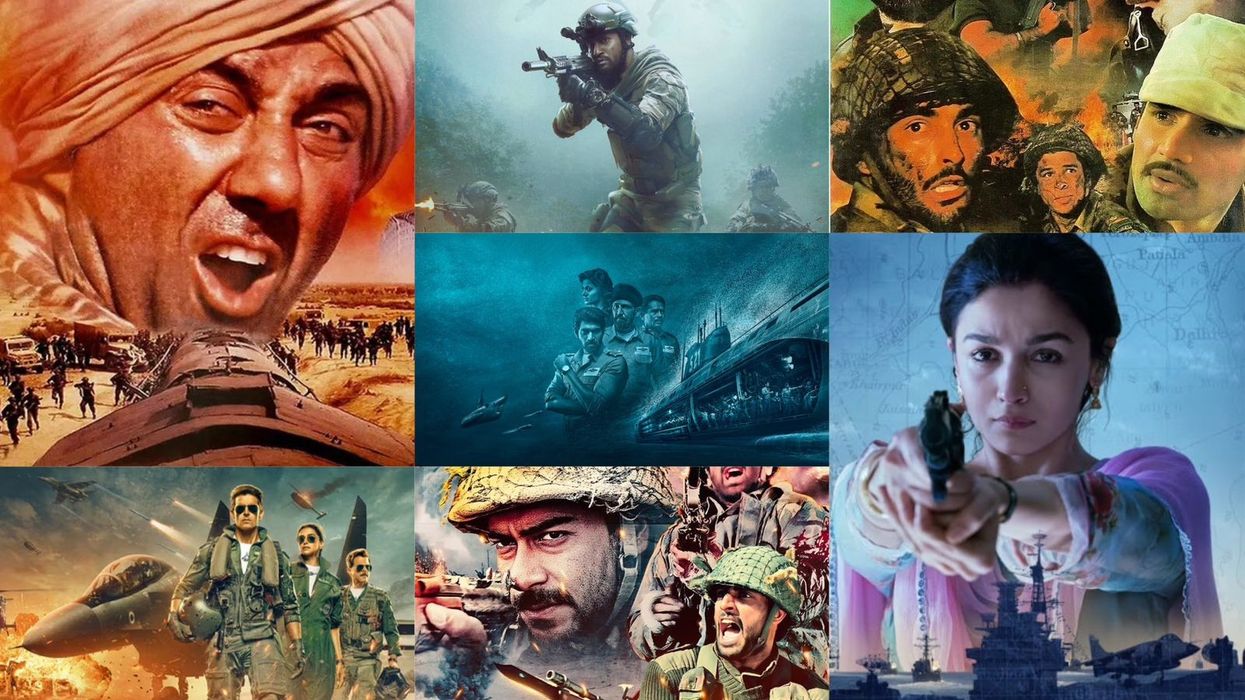



 Giorgio Armani’s journey from window dresser to fashion emperor Getty Images
Giorgio Armani’s journey from window dresser to fashion emperor Getty Images 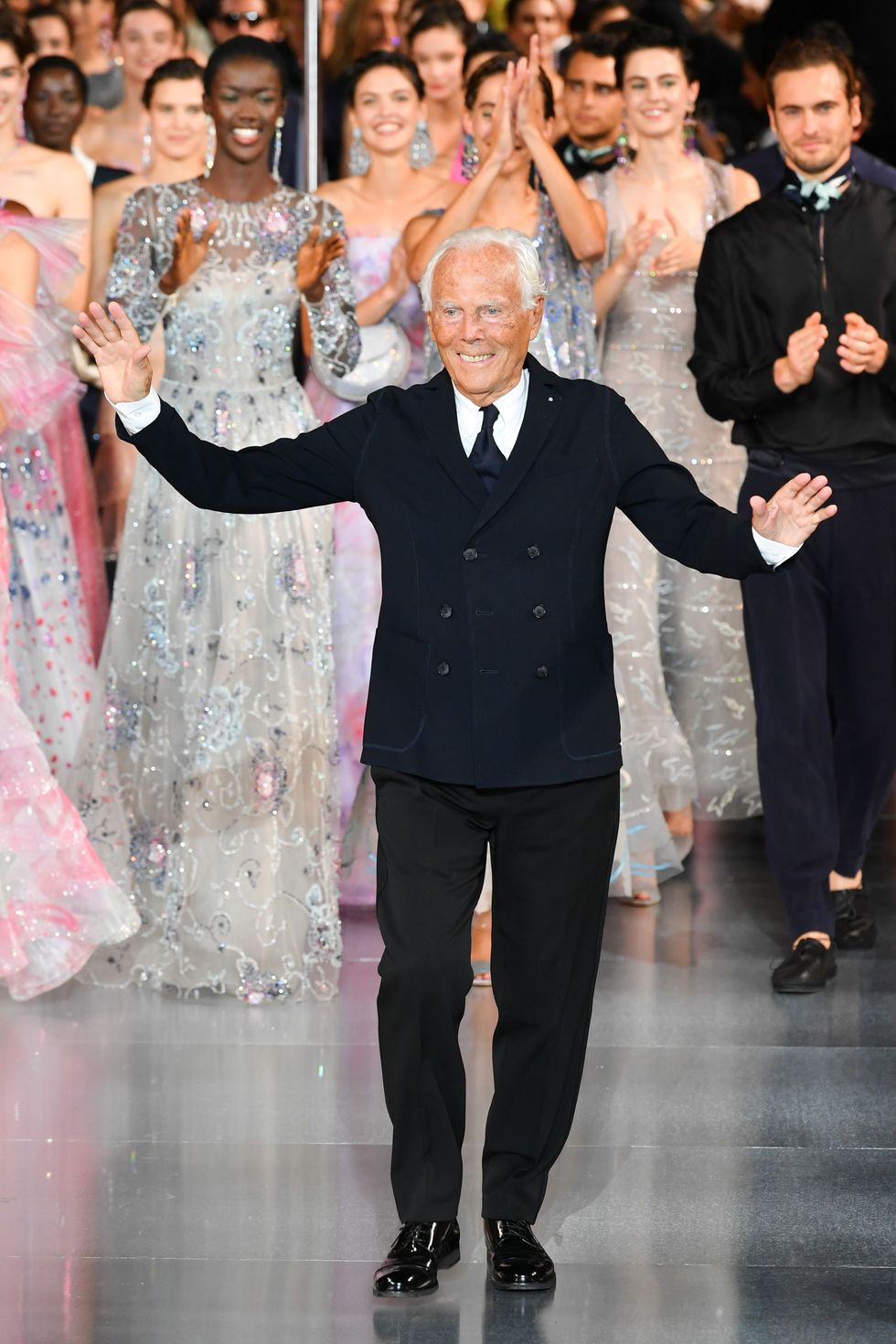 How Giorgio Armani redefined elegance in ten chaptersGetty Images
How Giorgio Armani redefined elegance in ten chaptersGetty Images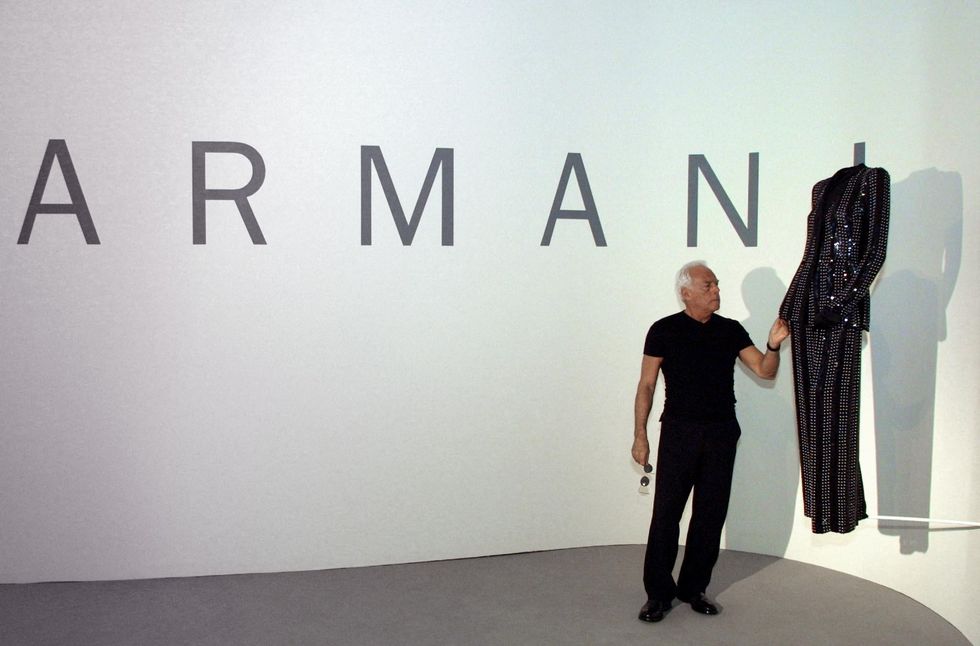 The life and legacy of Giorgio Armani in ten actsGetty Images
The life and legacy of Giorgio Armani in ten actsGetty Images Giorgio Armani’s quiet revolution that changed fashion foreverGetty Images
Giorgio Armani’s quiet revolution that changed fashion foreverGetty Images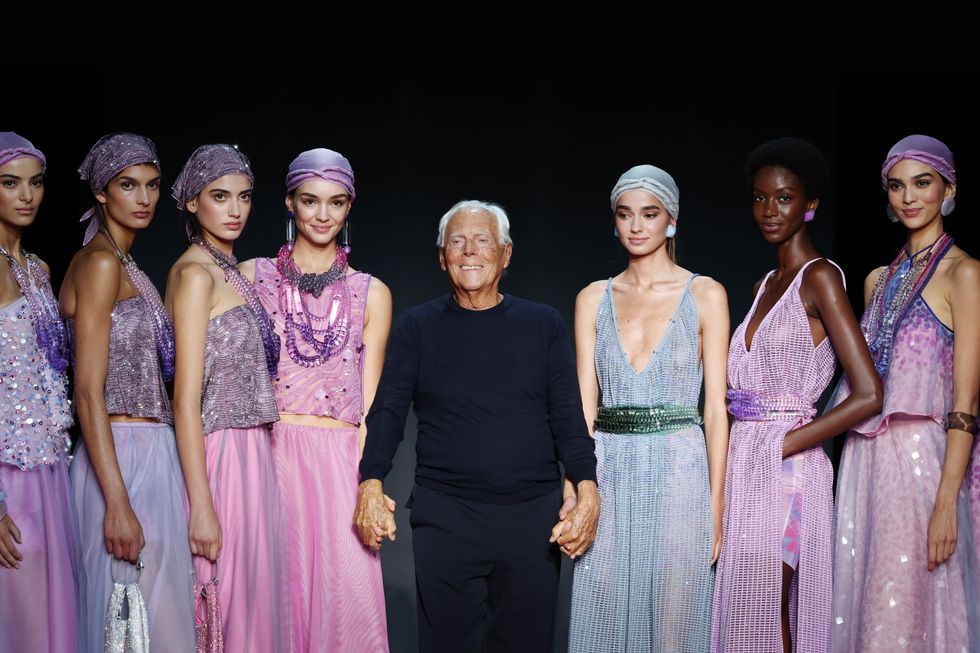 Ten defining moments in the life of Giorgio ArmaniGetty Images
Ten defining moments in the life of Giorgio ArmaniGetty Images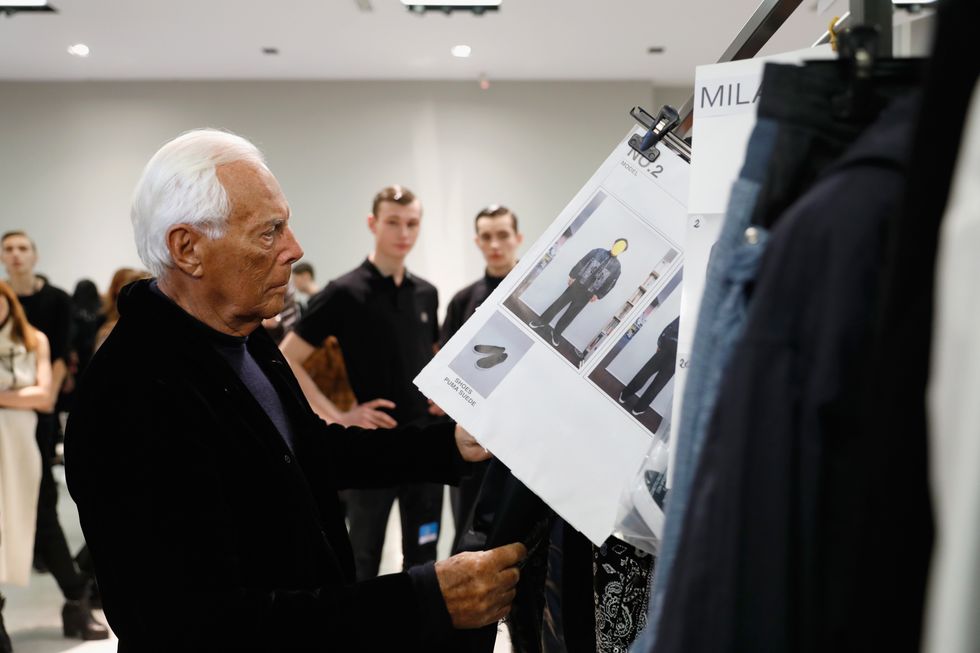 The timeless legacy of Giorgio Armani in ten chaptersGetty Images
The timeless legacy of Giorgio Armani in ten chaptersGetty Images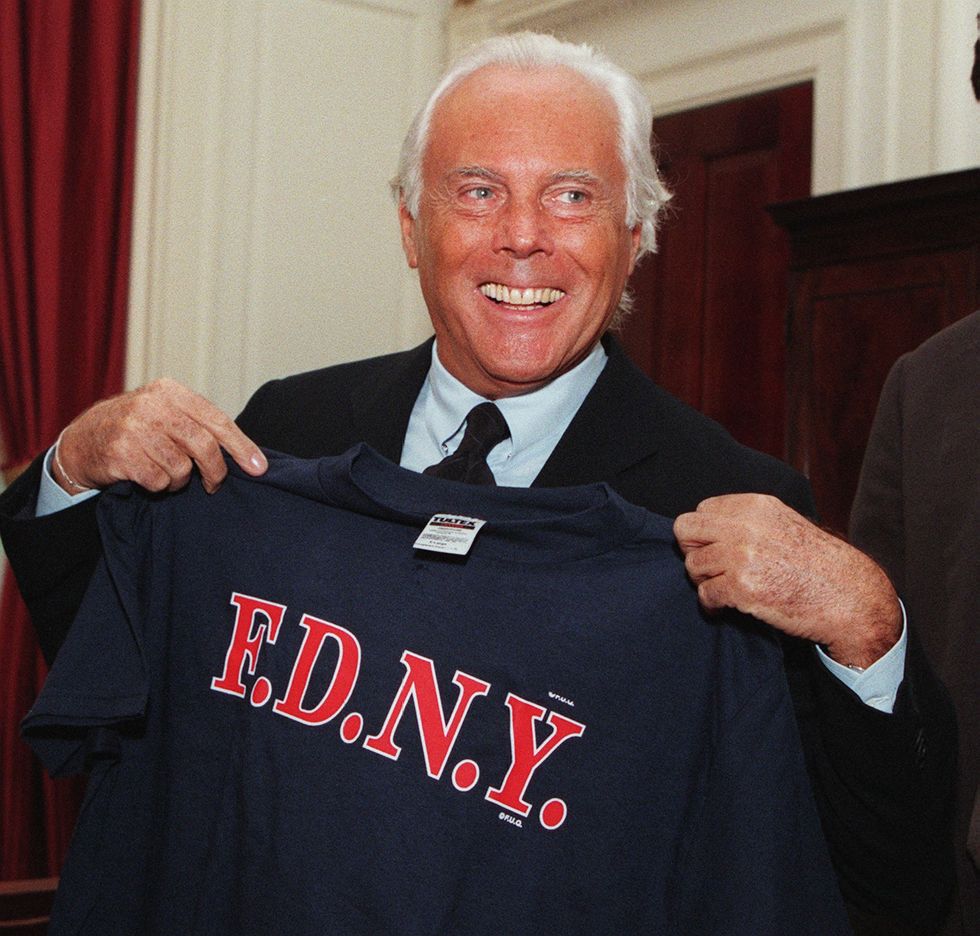 How Giorgio Armani built a global style empireGetty Images
How Giorgio Armani built a global style empireGetty Images Remembering Giorgio Armani through his most iconic momentsGetty Images
Remembering Giorgio Armani through his most iconic momentsGetty Images Armani’s empire: fashion, lifestyle, and legacy in ten stepsGetty Images
Armani’s empire: fashion, lifestyle, and legacy in ten stepsGetty Images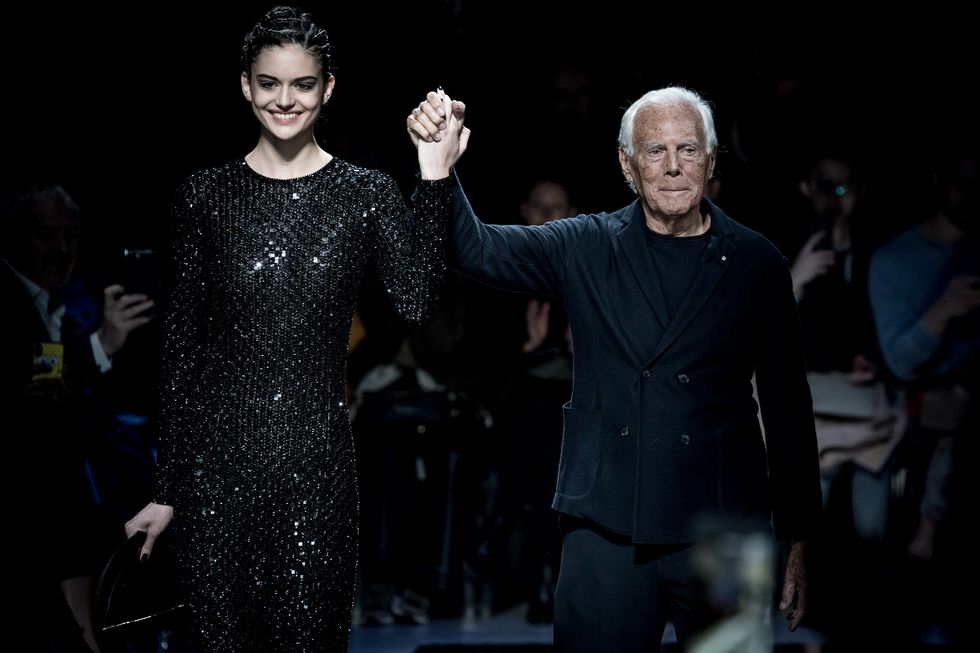 Armani’s quiet revolution: fashion’s minimalist emperorGetty Images
Armani’s quiet revolution: fashion’s minimalist emperorGetty Images Giorgio Armani’s timeless influence on global styleGetty Images
Giorgio Armani’s timeless influence on global styleGetty Images
 Geeta Basra returns with Meher after a decade away from films Instagram/geetabasra
Geeta Basra returns with Meher after a decade away from films Instagram/geetabasra 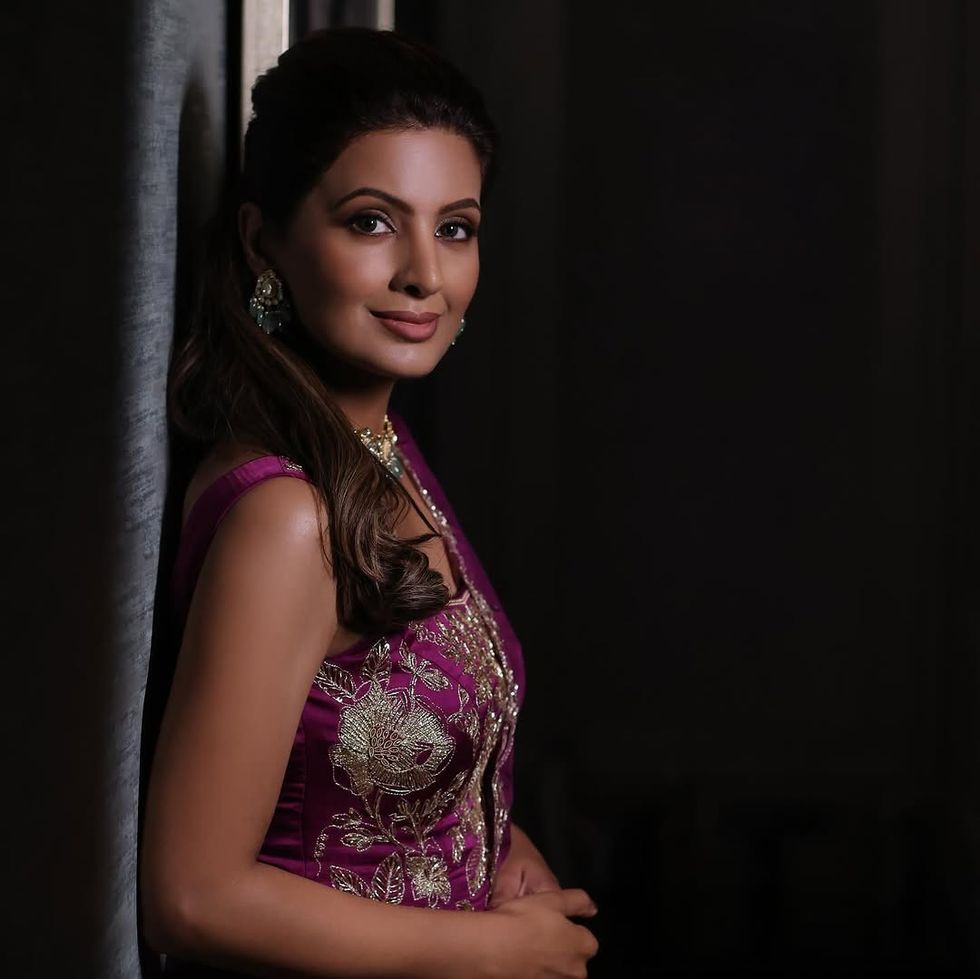 Meher marks Geeta Basra’s powerful comeback to Punjabi cinemaInstagram/geetabasra
Meher marks Geeta Basra’s powerful comeback to Punjabi cinemaInstagram/geetabasra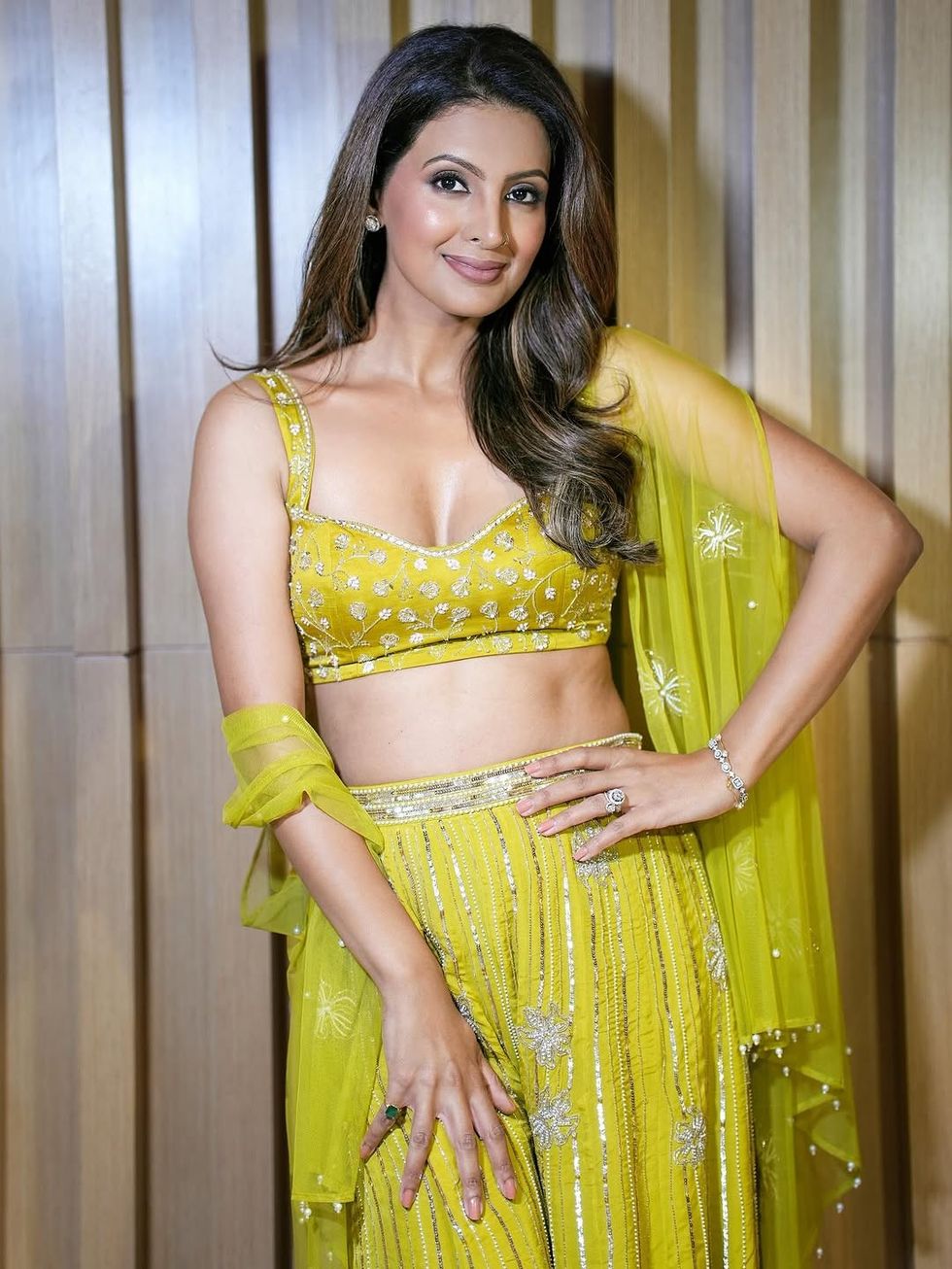 Geeta Basra says motherhood is her strength, not a setback in filmsInstagram/geetabasra
Geeta Basra says motherhood is her strength, not a setback in filmsInstagram/geetabasra British-born Geeta Basra opens up on comeback film MeherInstagram/geetabasra
British-born Geeta Basra opens up on comeback film MeherInstagram/geetabasra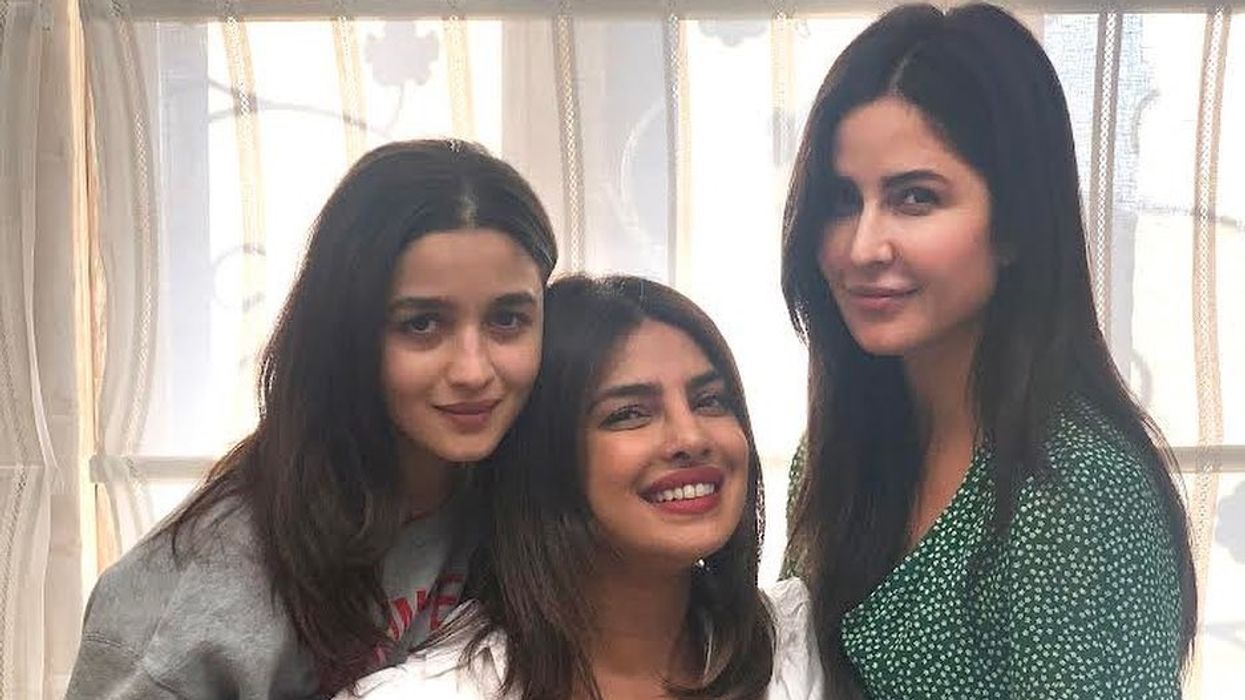
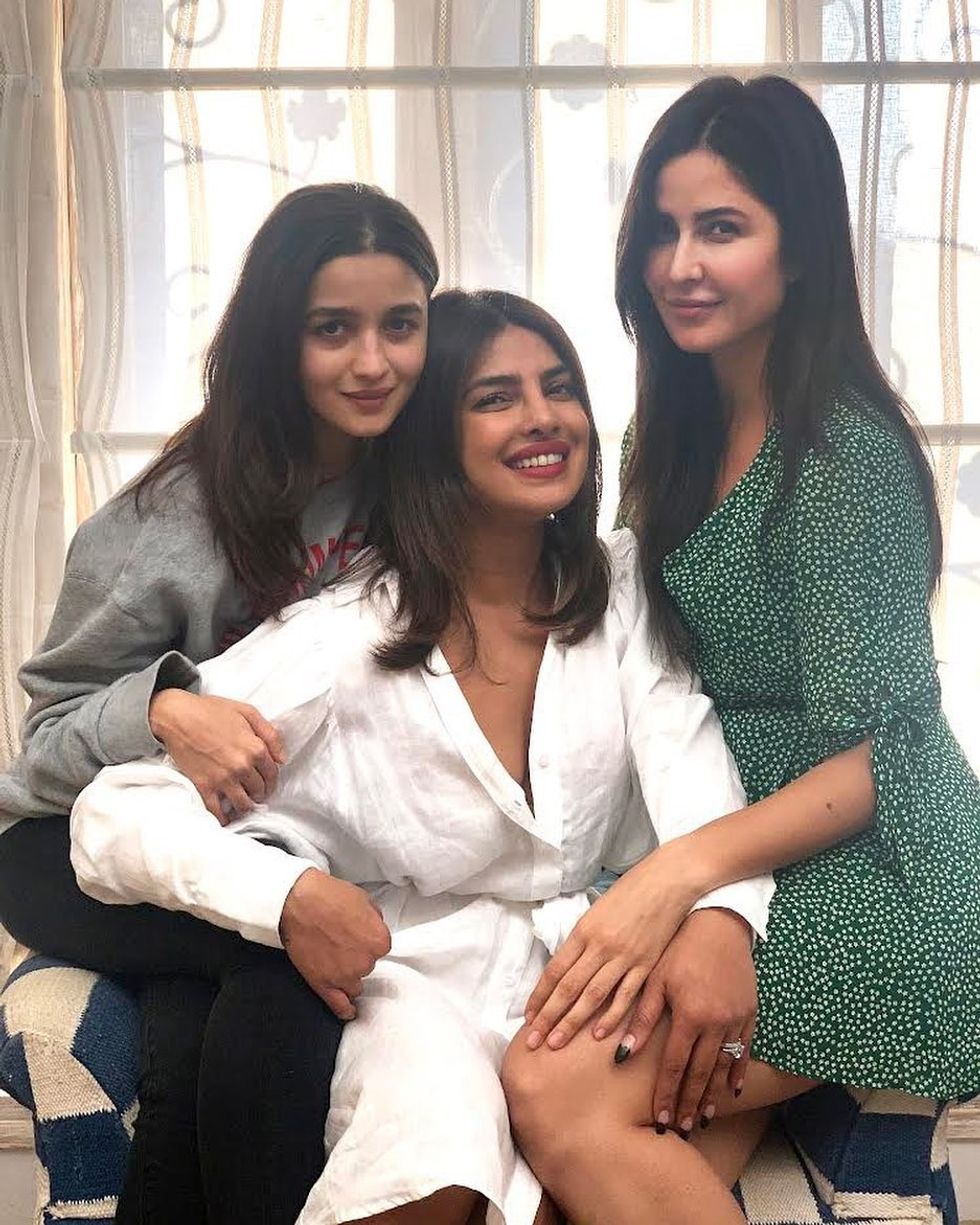 Farhan Akhtar confirms Jee Le Zaraa is not shelved but cast uncertain Instagram/priyankachopra
Farhan Akhtar confirms Jee Le Zaraa is not shelved but cast uncertain Instagram/priyankachopra 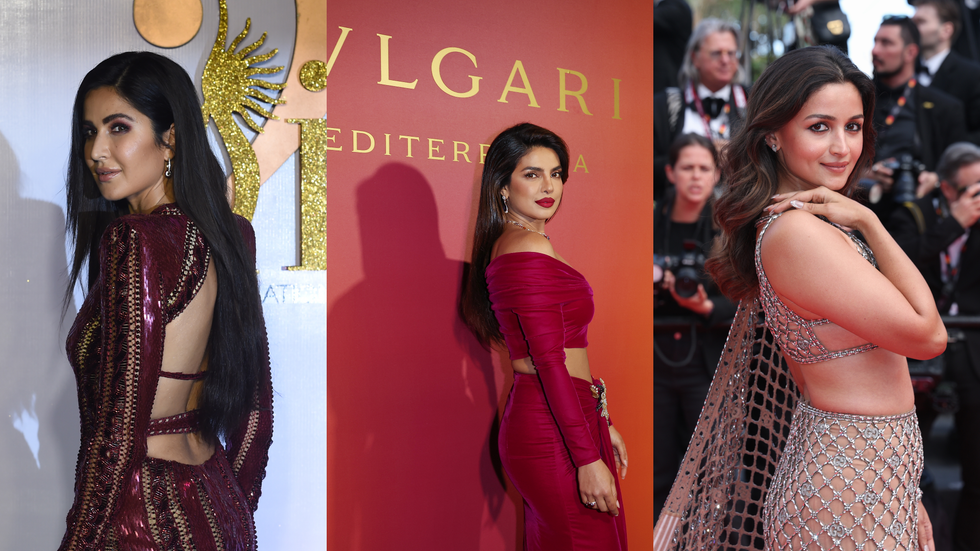 Fans await clarity on whether Priyanka Chopra, Alia Bhatt and Katrina Kaif will reunite on screen in Jee Le ZaraaGetty Images
Fans await clarity on whether Priyanka Chopra, Alia Bhatt and Katrina Kaif will reunite on screen in Jee Le ZaraaGetty Images